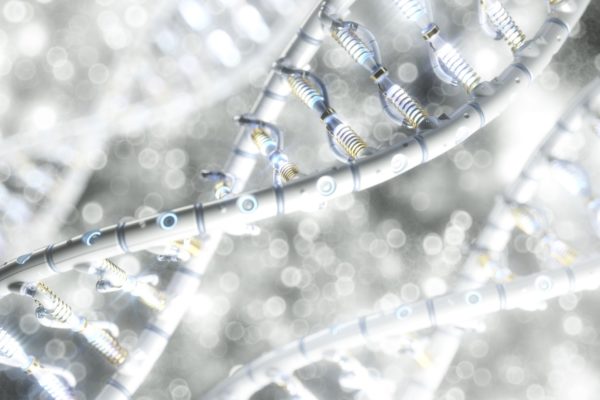
The ASAP trial compares the outcome of two treatment strategies for patients with high-risk acute myeloid leukaemia (AML) who failed to achieve or maintain a complete remission with standard therapy. The standard strategy is aimed at achieving a complete remission by aggressive salvage chemotherapy using high dose cytarabine and mitoxantrone. The alternative strategy is less toxic, disease monitoring and, if necessary, low-dose cytarabine or mitoxantrone prior to allogeneic haematopoietic stem-cell transplantation (HSCT), which should be performed as soon as possible.1
Whether high-dose cytarabine-based salvage chemotherapy, administered to induce complete remission in patients with poor responsive/relapsed AML scheduled for allogeneic HSCT after intensive conditioning confers a survival advantage, is unclear.2
Methods
To test salvage chemotherapy before allogeneic HSCT, patients aged between 18-75 years with non-favourable-risk AML not in complete remission after first induction or untreated first relapse were randomly assigned 1:1 to remission induction with high-dose cytarabine (3 g/m2 intravenously, 1 g/m2 intravenously for patients >60 years or with a substantial comorbidity) twice daily on days 1–3 plus mitoxantrone (10 mg/m2 intravenously) on days 3–5 or immediate allogeneic HSCT for the disease control group. Block randomisation with variable block lengths was used and patients were stratified by age, AML risk, and disease status. The study was open label. The primary endpoint was treatment success, defined as complete remission on day 56 after allogeneic HSCT, with the aim to show non-inferiority for disease control compared with remission induction with a non-inferiority-margin of 5% and one-sided type 1 error of 2.5%. The primary endpoint was analysed in both the intention-to-treat (ITT) population and in the per-protocol population.
Findings
Two hundred and eighty-one patients were enrolled between September 17th, 2015, and January 12th, 2022. Of 140 patients randomly assigned to disease control, 135 (96%) proceeded to allogeneic HSCT, 97 (69%) after watchful waiting only. Of 141 patients randomly assigned to remission induction, 134 (95%) received salvage chemotherapy and 128 (91%) patients subsequently proceeded to allogeneic HSCT. In the ITT population, treatment success was observed in 116 (83%) of 140 patients in the disease control group versus 112 (79%) of 141 patients with remission induction (test for non-inferiority, p=0.036). Among per-protocol treated patients, treatment success was observed in 116 (84%) of 138 patients with disease control versus 109 (81%) of 134 patients in the remission induction group (test for non-inferiority, p=0.047). The difference in treatment success between disease control and remission induction was estimated as 3.4% (95% CI –5.8 to 12.6) for the ITT population and 2.7% (–6.3 to 11.8) for the per-protocol population. Fewer patients with disease control compared with remission induction had non-haematological adverse events grade 3 or worse (30 [21%] of 140 patients vs. 86 [61%] of 141 patients, χ2 test p<0.0001). Between randomisation and the start of conditioning, with disease control two patients died from progressive AML and zero from treatment-related complications, and with remission induction two patients died from progressive AML and two from treatment-related complications. Between randomisation and allogeneic HSCT, patients with disease control spent a median of 27 days less in hospital than those with remission induction, i.e., the median time in hospital was fifteen days (range 7–64) versus 42 days (27–121, U test p<0.0001), respectively.
Conclusions
Non-inferiority of disease control could not be shown at the 2.5% significance level. The rate of treatment success was also not statistically better for patients with remission induction. Watchful waiting and immediate transplantation could be an alternative for fit patients with poor response/relapsed AML who have a stem cell donor available. More randomised controlled intention-to-transplant trials are needed to define the optimal treatment before transplantation for patients with active AML.2
REFERENCES